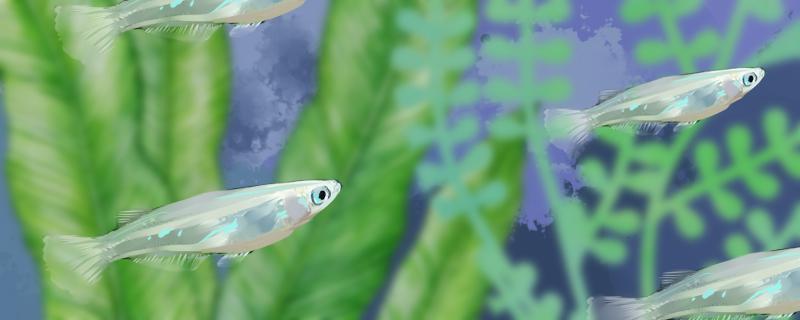
medaka? Medaka have a strong reproductive capacity. If the environment is suitable, their reproduction is not limited by season and time. When the male medaka is in heat, a black line appears between the eyes and the pelvic fins turn black. At this time, the male fish will occupy the territory, but the female fish without eggs or the male fish without heat will come forward to drive away, and the female fish with eggs will come forward to mate. The female fish will lay eggs 2-3 days after successful mating. After the female fish lays eggs, the breeder needs to fish them out as soon as possible to prevent them from eating the newly laid eggs. Fish eggs can be hatched in a stable environment for about 8-14 days, and small fish that are successfully hatched do not need to be fed immediately, and can be fed after they can move freely.
of medaka is faster. If their living environment is more comfortable and stable, they can spawn once in about 2-3 days, and then after a period of rest, they can continue to breed. So they can breed many times a year. If breeders want them to breed in large numbers, they can prepare a breeding tank for them, put the female fish that is about to spawn into it, and then put it back into the original tank after spawning, so as to ensure the safety of the eggs and not affect the normal life of other fish.